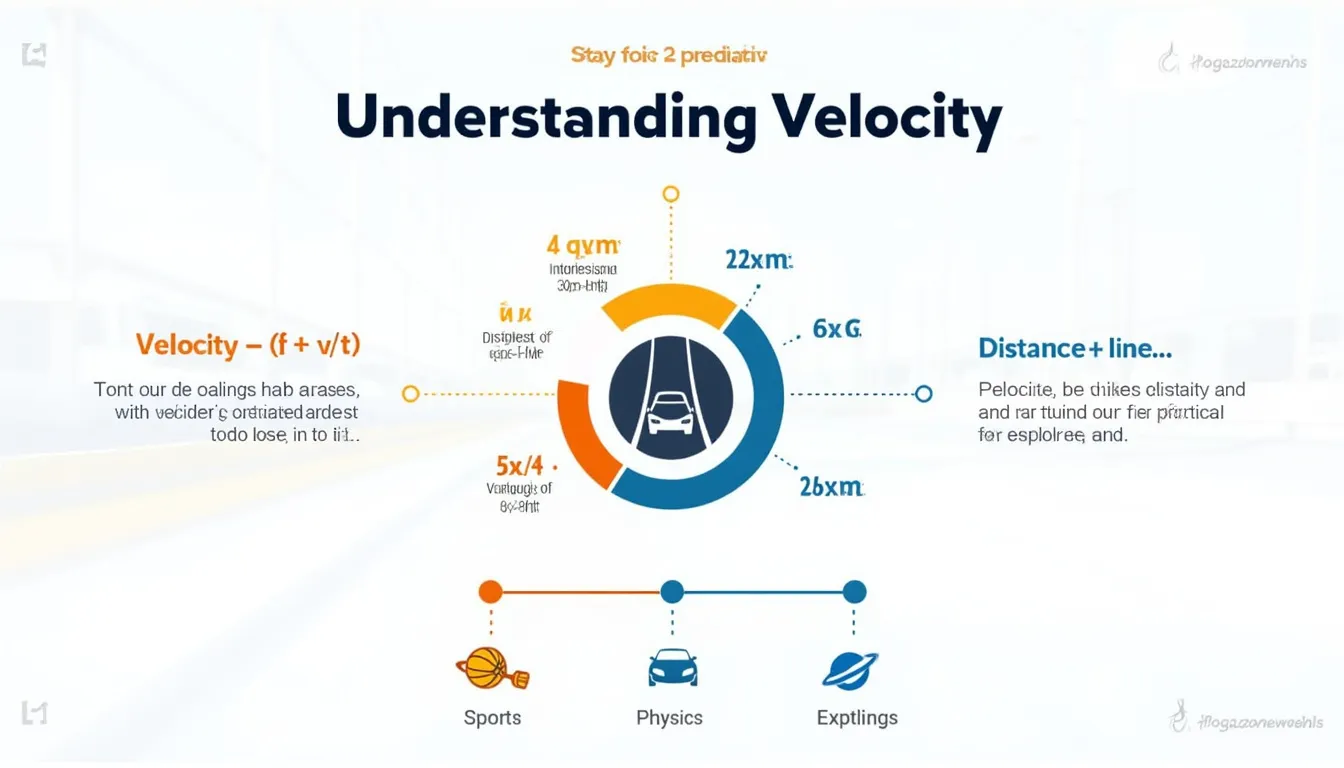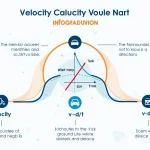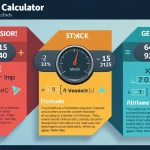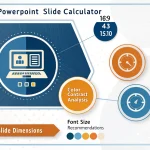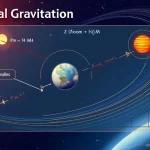Velocity Calculator
Is this tool helpful?
How to use the tool
- Enter displacement (m): e.g., 120 or 2 000. Negative values are invalid.
- Enter time (s): e.g., 30 or 400. Time cannot be zero.
- Press “Calculate Velocity”: The result, step-by-step breakdown, and motion graph appear instantly.
Formula applied
Velocity is calculated with
$$v = rac{\text{Displacement}}{\text{Time}}$$Example 1
- Displacement: 120 m
- Time: 30 s
$$v = rac{120}{30} = 4 \text{ m/s}$$
Example 2
- Displacement: 2 000 m
- Time: 400 s
$$v = rac{2000}{400} = 5 \text{ m/s}$$
Quick-Facts
- SI unit: metre per second (m/s) (NIST, 2019).
- Average walking speed: 1.4 m/s (Knoblauch, 1996).
- Urban speed limit: 50 km/h ≈ 13.9 m/s (WHO, 2018).
- Speed of sound at 20 °C: 343 m/s (NASA, 2021).
- Low-Earth-orbit velocity: ~7 800 m/s (ESA, 2022).
FAQs
What is velocity?
Velocity is a vector showing how fast and in what direction an object changes position (ISO 80000-3). “Velocity equals displacement divided by time” (ISO 80000-3).
Why does the tool reject negative time values?
Time in physics represents duration and must be non-negative; negative input would violate causality (Serway, 2018).
Which unit does the calculator use?
The output is metres per second, the SI derived unit for velocity (NIST, 2019).
Can I switch to kilometres per hour?
Multiply the m/s result by 3.6 to obtain km/h (BIPM, 2020).
How accurate are the results?
JavaScript uses double-precision floating point, yielding ~15 decimal-digit accuracy (ECMA-262, 2023).
What does the motion graph show?
A straight line indicates constant velocity; its slope equals your calculated velocity (OpenStax Physics, 2021).
Does the calculator consider direction?
No. It treats displacement as scalar distance, so output is speed’s magnitude only. Add sign manually for direction.
How do I validate my manual work?
Re-enter the same values; the step-by-step section mirrors textbook calculations for quick cross-checking (Giancoli, 2014).
Important Disclaimer
The calculations, results, and content provided by our tools are not guaranteed to be accurate, complete, or reliable. Users are responsible for verifying and interpreting the results. Our content and tools may contain errors, biases, or inconsistencies. Do not enter personal data, sensitive information, or personally identifiable information in our web forms or tools. Such data entry violates our terms of service and may result in unauthorized disclosure to third parties. We reserve the right to save inputs and outputs from our tools for the purposes of error debugging, bias identification, and performance improvement. External companies providing AI models used in our tools may also save and process data in accordance with their own policies. By using our tools, you consent to this data collection and processing. We reserve the right to limit the usage of our tools based on current usability factors.
